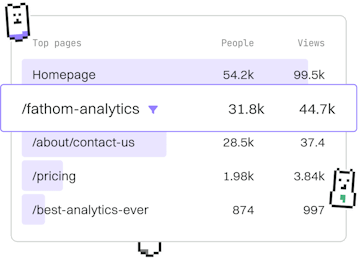Basics
Ruby Comments
Ruby Comment Syntax
Ruby comments use # or =begin/=end for documentation.
Introduction to Ruby Comments
Comments in Ruby are essential for making your code more readable and maintainable. They allow you to explain the purpose of the code, describe complex logic, or simply leave notes for future reference. Ruby supports two main types of comments: single-line comments and multi-line comments.
Single-Line Comments
Single-line comments in Ruby are created using the # symbol. Everything following this symbol on the same line is ignored by the Ruby interpreter. This type of comment is useful for adding brief notes or explanations next to code.
Multi-Line Comments
Multi-line comments are created using =begin and =end. Everything between these two keywords will be ignored by the Ruby interpreter. This is useful when you need to comment out larger sections of code or provide detailed documentation.
Best Practices for Using Comments
- Keep comments relevant: Ensure that the comments are related to the code they describe.
- Be concise: Write clear and concise comments that are easy to understand.
- Update comments: Regularly update comments to reflect changes in the code.
- Avoid redundant comments: Do not state the obvious; comments should add value.
Conclusion
Proper use of comments in Ruby can greatly enhance the readability and maintainability of your code. By using single-line and multi-line comments effectively, you can make your codebase more understandable for yourself and others.
